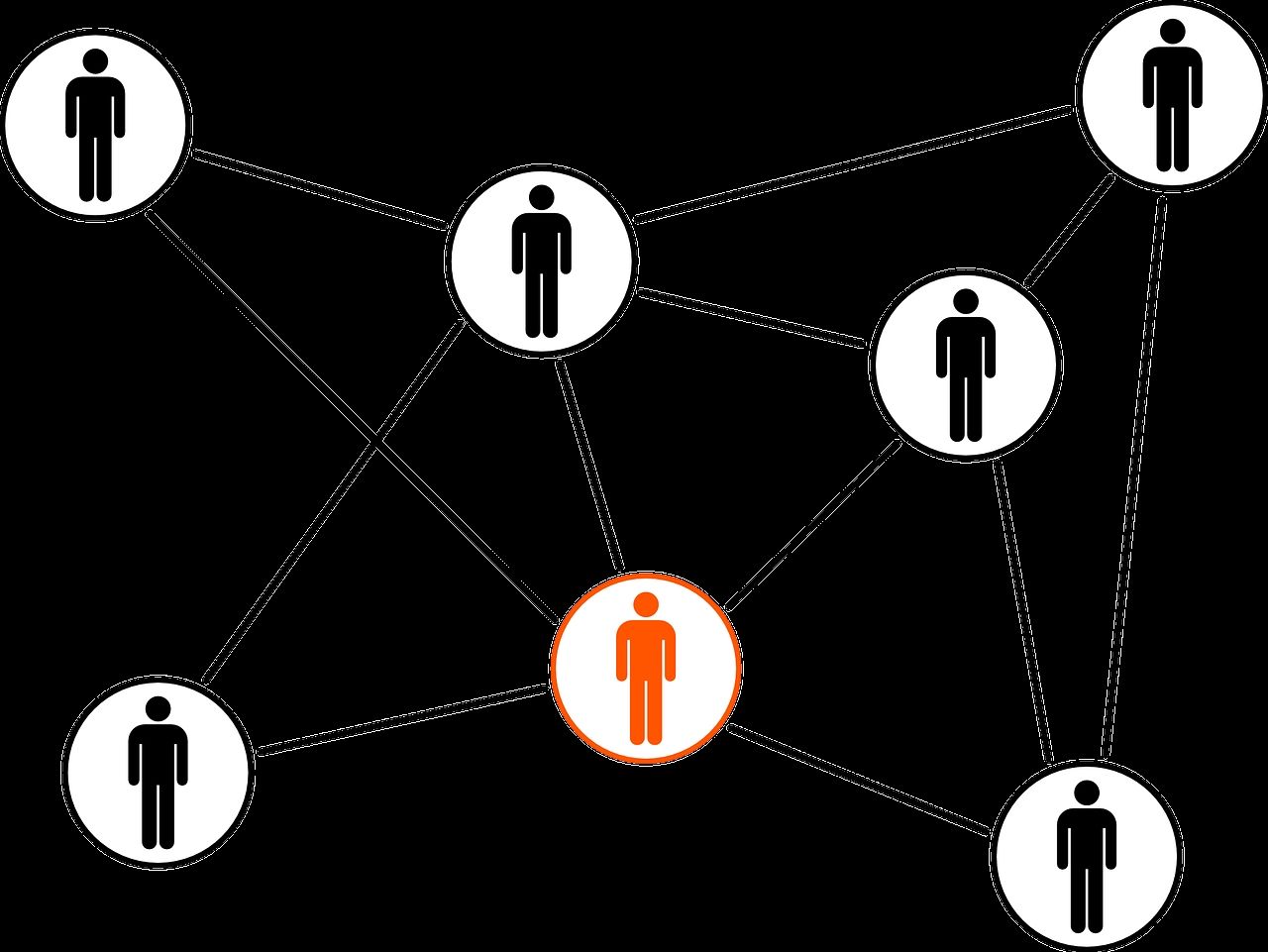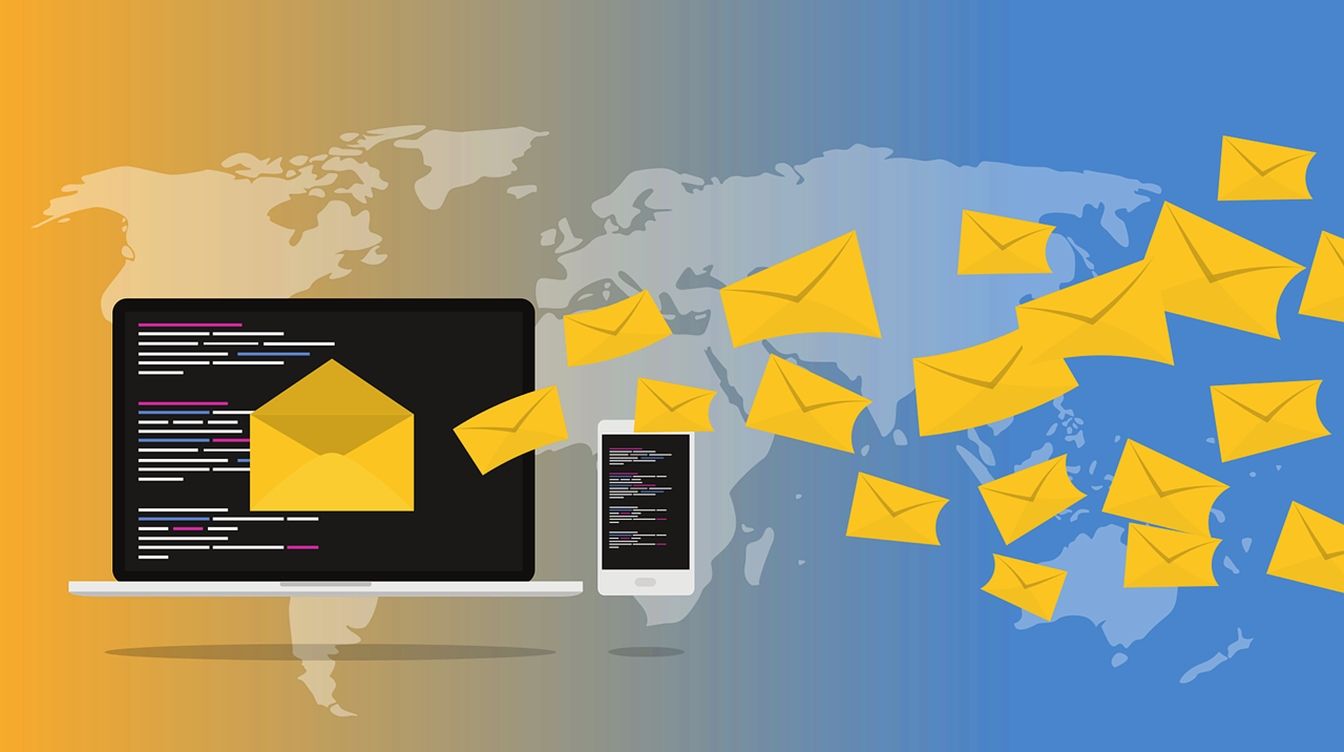Every year, computers and gadgets around the world are compromised using automated hacking tools. Many of the attacks are carried out by hacker groups that rely heavily on Malware as a Service (MaaS) networks.
So what is MaaS? How do hackers distribute malware? And how can you protect yourself from malware?
Malware as a Service Explained
Just as major tech organizations such as Microsoft, Google, and Oracle have evolved over the years to provide subscription cloud-based services, the hacker underworld now features similar subscription models.
Malware as a Service platforms, in particular, offer malware-for-rent services that allow anyone with an internet connection to gain access to customized malware solutions. Most of the applications are cloud-based and don't require installation.
Some of the MaaS services even offer money back guarantees while others operate using commission-based models in which a portion of the funds obtained through hacking campaigns are retained by the platform administrators.
Breaking Down MaaS Networks

MaaS networks usually operate on a model comprised of three key groups.
The first and most important is the programmers who are responsible for developing the malware kits.
The second group consists of the distributors. They specialize in identifying common vulnerabilities in computer systems that allow malware injection during virus distribution campaigns.
The third group is the administrators. They oversee the day-to-day workings of the network to ensure that everything runs smoothly. They also receive ransom commissions during campaigns and ensure that all participants abide by internal rules and regulations.
That said, a sizeable chunk of MaaS networks are subscriber-based. Payments are usually made in privacy-centric cryptocurrencies such as Monero. Such fund transfer advancements have emboldened cybercriminals as payments are harder to trace.
The scalability of MaaS operations also makes them formidable.
Among the most notable cybersecurity attacks launched by MaaS syndicates is the infamous WannaCry ransomware cryptoworm. It infected over 200,000 computers in 2017. Initially developed by the US National Security Agency (NSA), it was customized and rented out to hackers by a group known as the Shadow Brokers.
The malware was used to cripple systems at Deutsche Bahn AG, the National Health Service of England, and FedEx, the international courier company.
Common Malware-as-a-Service Distribution Modes
Here are some of the most common malware distribution modes used by MaaS platforms.
1. Email Schemes

A sizeable number of these services rely on email schemes to undermine vulnerable systems. They send out emails to unsuspecting targets that have embedded links leading to malicious websites.
In the event that a victim clicks on the link, the infection chain starts. Usually, the malware begins by writing firewall exceptions and setting in motion obfuscation processes before searching for vulnerabilities on the computer. The main objective is typically to corrupt primary CPU sectors.
Once the initial infection is successful, additional malware can be downloaded onto the system. The infected device can also be harnessed to a MaaS-controlled botnet.
2. Malvertising
Malvertising relies on ad networks to spread worms and involves embedding malicious code into ads. The malware infection sequence is triggered each time the ad is viewed using a vulnerable device.
The malware is usually hosted on a remote server and set up to exploit key browser elements such as Adobe Flash Player and JavaScript.
Malvertising campaigns are usually hard to curb because advertising networks rely heavily on automation to serve thousands of ads at a time.
Moreover, the served advertisements are swapped every few minutes. This makes it hard to discern the exact advertisement that is causing problems. This weakness is among of the main reasons why malvertising campaigns are favored by MaaS networks.
3. Torrent Files
Torrent sites are increasingly being used by hackers to distribute malware. Hackers generally upload tainted versions of popular movies and games to torrent sites for malware campaign purposes.
The trend spiked during the onset of the Coronavirus pandemic, which led to increased downloads. A sizeable number of files hosted on the sites have been found to be bundled with cryptocurrency miners, ransomware, and other types of malicious applications designed to compromise system security.
How to Avoid Falling Victim to MaaS Attacks
MaaS networks use common malware infection methods to implant malicious code. Here are standard precautionary measures used to thwart their attacks.
1. Install Reputable Antivirus
Antivirus software are a formidable first line of defense when it comes to internet security because they detect worms before they can cause major damage.
Top-rated antivirus suites include Avast, ESET, Kaspersky, Malwarebytes, and Sophos.
2. Avoid Using Torrent Sites

The other precautionary measure to take in order to avert MaaS attacks is to avoid downloading files from torrent sites. This is because a significant number of files hosted on the sites contain malware. The lack of file integrity checks makes torrent sites a preferred distribution hubs for viruses.
Additionally, some torrent sites openly mine cryptocurrency using visitors’ machines by leveraging browser flaws.
3. Don't Open Emails From Unknown Senders
It's always important that you avoid opening emails from unknown sources. This is because MaaS organizations regularly send out emails to targets that include links to malware-laden sites. The websites are typically designed to probe visitors’ browsers for vulnerabilities and unleash intrusion attacks.
If you're unsure about the integrity of a linked site, disabling certain browser elements such as JavaScript and Adobe Flash Player will help to thwart related attacks, but the best advice is to simply not click on it at all.
4. Use a Secure Operating System

Using a conventionally secure operating system helps to mitigate malware attacks. Many of them are simply more secure than Windows because they are less popular and so hackers dedicate less resources in finding out their vulnerabilities.
Operating systems that are more secure by design include Qubes, TAILS, OpenBSD, and Whonix. Many of them include reinforced data privacy and virtualization features.
All Is Not Lost
While Malware as a Service networks are growing, there has been tremendous effort by law enforcement agencies to take them down. These counterstrategies include subscribing to them to unravel the workings of their hacker tools for the purpose of disrupting them.
Antivirus companies and cybersecurity researchers sometimes also use MaaS to come up with prevention solutions.

0 Comments